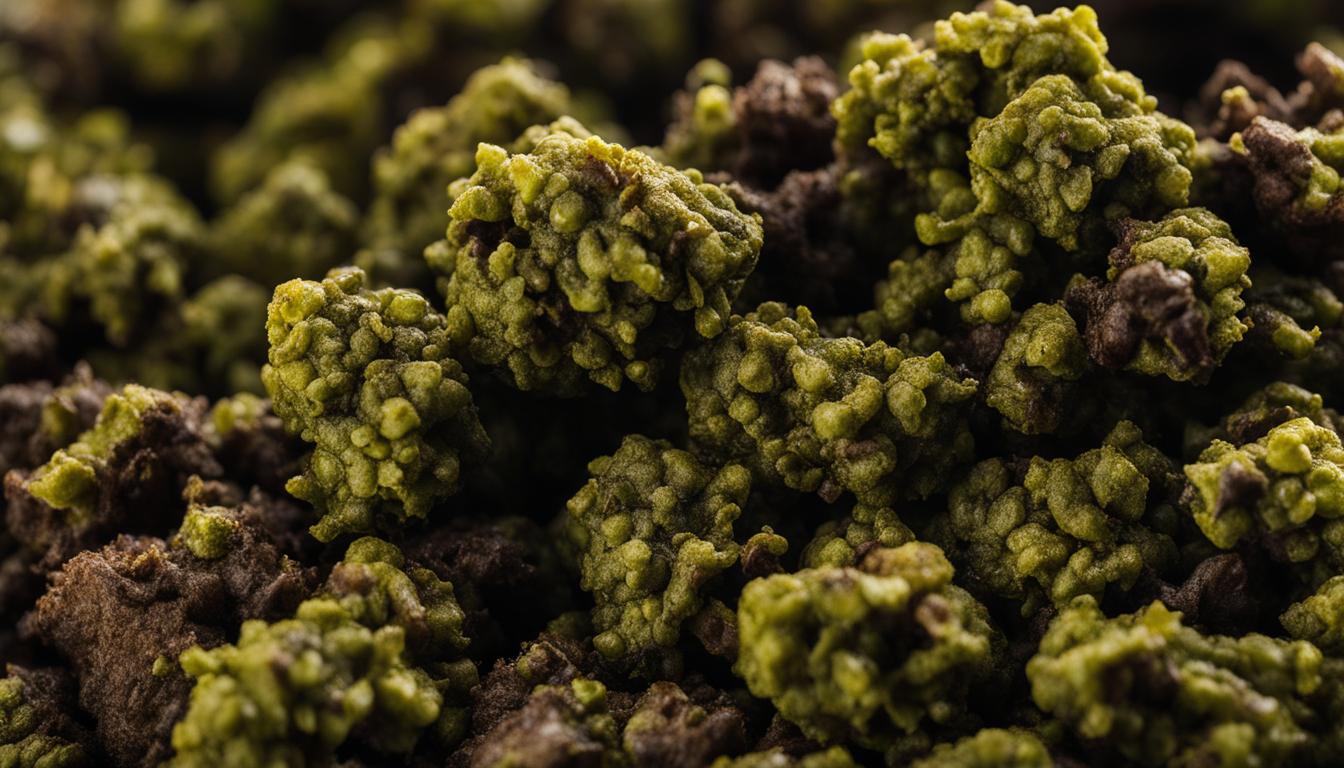Understanding Pet Allergies
Pet allergies, including dog food allergies, can cause discomfort and health issues for our furry friends. It’s crucial for dog owners to grasp how allergies start and the common symptoms that come with them.
When Allergies Start
Food allergies in pets can pop up at any age, even if your dog has been munching on the same kibble for ages. While any dog can develop allergies, some breeds like Labs, Goldens, Springer Spaniels, Cockers, Collies, Mini Schnauzers, and Shar-Peis are more likely to get them. Allergies can show up early in life or sneak in after years.
Common Symptoms
When a dog has a food allergy, their immune system mistakes a food protein for a bad guy, leading to symptoms like:
- Itchy skin and lots of scratching
- Ear infections
- Stomach issues like vomiting or diarrhea
Keep in mind, these symptoms can be caused by other things too. If you think your dog has a food allergy, a vet visit is the best way to get a proper diagnosis and treatment.
Knowing when allergies start and spotting the symptoms in dogs is the first step to managing their food allergies. Next, we’ll dive into the specific allergens that can trigger food allergies in dogs, and the diagnosis and treatment options to keep your pup happy and healthy.
Food Allergens for Pets
Dealing with food allergies in pets can be a real headache, but nailing down the specific allergens is key to keeping your furry buddy happy and healthy. Let’s break down the usual suspects and some sneaky culprits that might be causing your pet’s woes.
Protein Sources
Proteins are often the main troublemakers when it comes to food allergies in cats and dogs. And guess what? Your pet might be allergic to more than one thing. Here are some common protein sources that could be causing the itchies and scratchies:
| Protein Sources |
|---|
| Beef |
| Dairy |
| Wheat |
| Egg |
| Chicken |
| Lamb |
| Soy |
| Pork |
| Rabbit |
| Fish |
Working with your vet is a must to figure out which proteins are the bad guys. You might need to try elimination diets or allergy tests to get to the bottom of it. For more on allergy testing, check out our article on dog allergy testing.
Less Common Triggers
Besides the usual protein suspects, there are other ingredients that might be causing your pet’s allergies:
| Less Common Triggers |
|---|
| Pork |
| Rabbit |
| Fish |
Dogs can develop allergies to just about anything they’ve eaten before. While beef, chicken, lamb, and wheat are the usual culprits, your pet might react to something else entirely. If you think your pet has a food allergy, hit up your vet to figure out the triggers and come up with a game plan for their diet. For more tips on managing food allergies, see our article on dog allergy treatment.
Knowing what food allergens can mess with your pet is super important for giving them a balanced, allergen-free diet. By teaming up with your vet and tweaking their meals, you can help ease their discomfort and keep them feeling their best.
Tackling Pet Food Allergies
Got a pooch with a picky tummy? Managing dog food allergies can be a real head-scratcher, but with the right diagnosis and treatment, you can help your furry friend feel their best.
Figuring Out What’s Wrong
Diagnosing food allergies in dogs isn’t a walk in the park. Forget those fancy tests with blood, saliva, or hair—they’re not reliable. The tried-and-true method is a dietary elimination trial, also known as an elimination diet (VCA Hospitals).
Here’s how it works: Your dog gets a special diet with limited ingredients to sniff out the culprits. This trial should be done with a vet or a pet nutritionist. For about 8 to 12 weeks, your dog will chow down on a hypoallergenic diet. If their symptoms clear up and then come roaring back when you reintroduce the old food, bingo—you’ve got a food allergy.
What to Feed Your Pup
Once you’ve nailed down the allergy, it’s time to kick the offending food to the curb. Switch to a hypoallergenic diet with novel proteins or hydrolyzed proteins. These proteins are broken down into tiny pieces, making it harder for your dog’s immune system to freak out.
Popular choices include Hill’s® z/d or Royal Canin® Hydrolyzed Protein. These diets are designed to be super safe, with proteins too small for the immune system to notice. Stick to this diet strictly during the trial—no sneaky treats or table scraps allowed (PetMD).
Patience is key here. It might take a few weeks for the allergens to clear out of your dog’s system. Keep a food diary to track progress and spot any hidden allergens.
Next Steps
Think your dog has a food allergy? Don’t go it alone. Talk to your vet before making any changes. They can guide you through the diagnostic process and suggest the best treatment options for your dog’s unique needs.
By getting a proper diagnosis and sticking to the right treatment, you can help your dog live a happier, itch-free life. If you’re curious about natural remedies or extra support, chat with your vet to find options that fit into your dog’s treatment plan.
Special Considerations for Allergic Pets
Got a dog with food allergies? It’s a bit like having a kid with a peanut allergy—tricky but manageable. Let’s break down what you need to know, from breed quirks to diet tweaks.
Breed Predispositions
First off, some dogs are just more likely to have food allergies. Think of breeds like Labrador Retrievers, Golden Retrievers, English Springer Spaniels, Cocker Spaniels, Collies, Miniature Schnauzers, and Shar-Peis. These guys seem to have a knack for it (PetMD). But don’t freak out if your dog isn’t on this list; any dog can develop allergies. Genetics play a big part, so it’s not just about the breed. If you’ve got one of these breeds, keep an eye on their diet and watch for any signs of trouble.
Nutritional Strategies
So, what do you do if your dog has food allergies? First, you gotta figure out what’s causing the problem. Common culprits include proteins like beef, chicken, lamb, and even wheat. But here’s the kicker: dogs can be allergic to just about anything they’ve eaten before.
To nail down the specific allergens, a trip to the vet for some allergy testing is a good idea. Once you know what’s bugging your pup, you can come up with a game plan for their diet.
One solid strategy is switching to a limited ingredient diet. These foods usually have a novel protein source and just a few ingredients, making it easier to spot and avoid allergens. Hypoallergenic dog foods are also a good bet—they’re designed to be easy on the tummy and less likely to cause a reaction. Look for options with proteins like venison, duck, or fish, and carbs like sweet potatoes or peas.
Remember, every dog is different. What works for one might not work for another. Chat with your vet or a pet nutritionist to make sure your dog gets the right nutrition without the allergens.
By knowing which breeds are more likely to have allergies and using smart nutritional strategies, you can help your dog live a happy, itch-free life. Always consult with a vet for personalized advice and check out natural remedies for dog allergies for some extra help.








